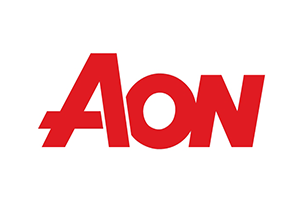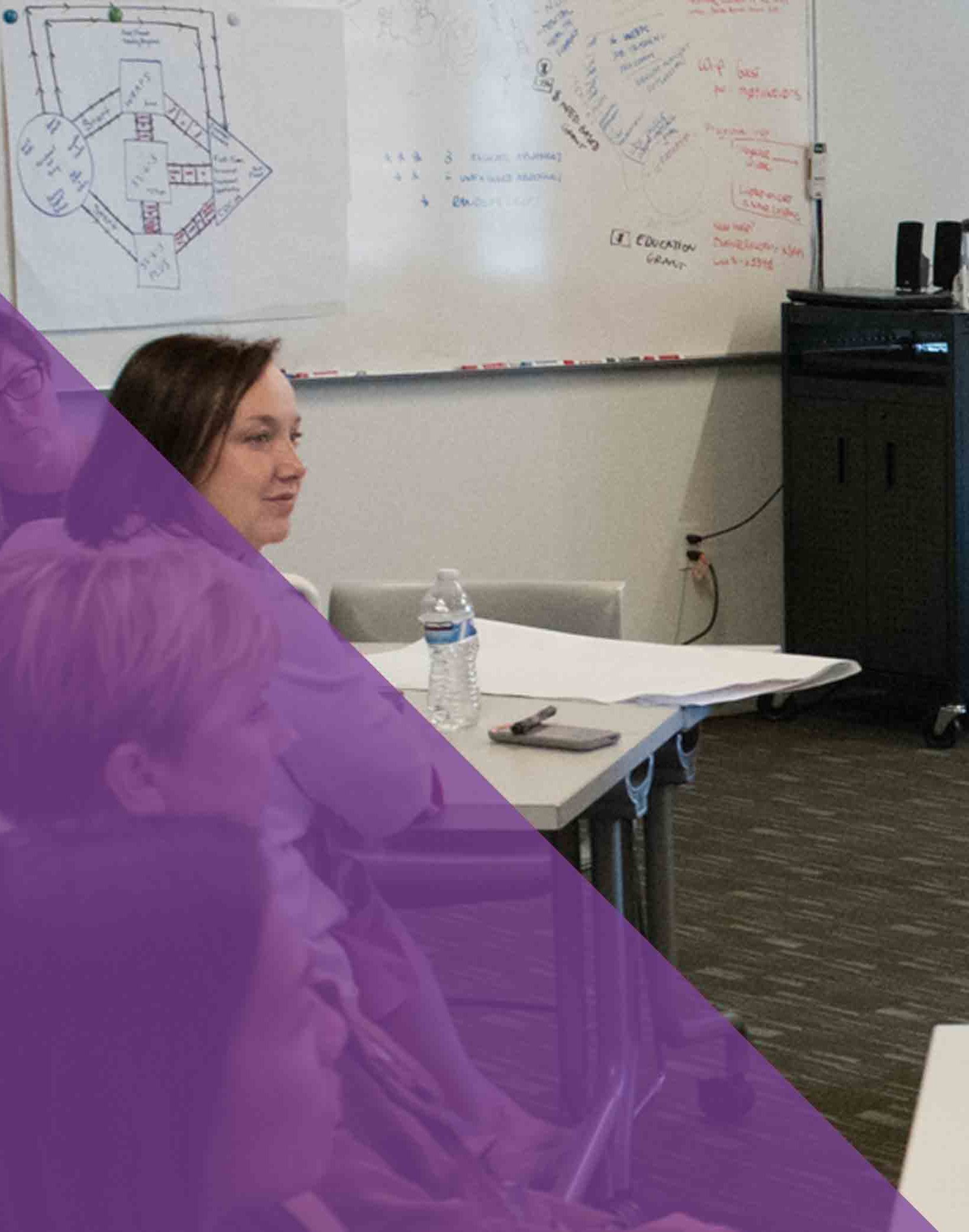
Our Inclusion Action Lab
The Inclusion Action Lab works alongside employers to grow their talent pipelines and create inclusive workplaces that promote business and employee performance. Leveraging our work with 100+ employers and 8,000+ job seekers, companies will learn the barriers that prevent them from reaching and retaining qualified talent. By tapping into the direct experience of job seekers and workers – as well as learnings from participating companies – this exclusive cohort provides employers with tactical strategies they can take to tap new talent pools while also impacting the communities hardest hit by poverty.
EXPAND YOUR TALENT PIPELINE
by discovering how you can better define and market open roles to attract a wider talent pool
HIRE MORE INCLUSIVELY
by reducing barriers for candidates and assessing transferable skills across the hiring process
INCREASE FRONTLINE RETENTION
by strengthening onboarding and manager relationships to better support employee success
PROMOTE TALENT MOBILITY
by developing a culture where employees can thrive and creating pathways for them to grow
Inclusion Action Road Map
Over the course of the Inclusion Action Lab, companies go through an immersive experience where inclusive-minded business leaders have a space to meaningfully connect with their teams and leaders at other companies to explore and drive transformational talent practices. Learn more about the full experience here. This experience includes three steps:
Who Should Attend
The Inclusion Action Lab is designed for businesses that have identified opportunities in their hiring or retention practices and are ready to move to action.
- Company Profile: Companies with at least one entry-level role that does not require pre-existing industry specialization are best suited to take advantage of this cohort.
- Attendee Profile: Companies should select 2-4 team members to represent their business, including but not limited to c-suite executives, business unit leaders, heads of HR, and DEI champions. To maximize the experience, we require at least one decision-maker who can influence practices at a team level.


Previous Attendees





















